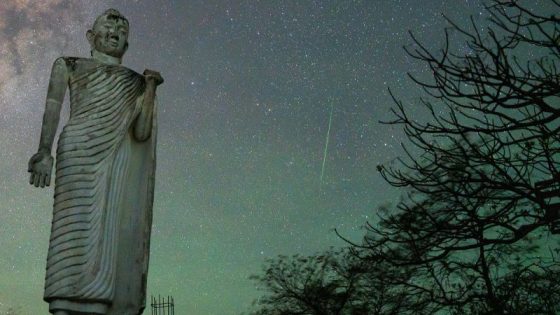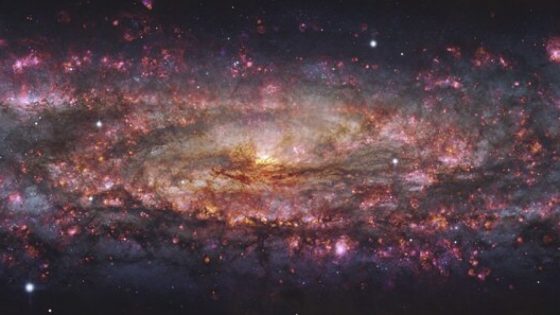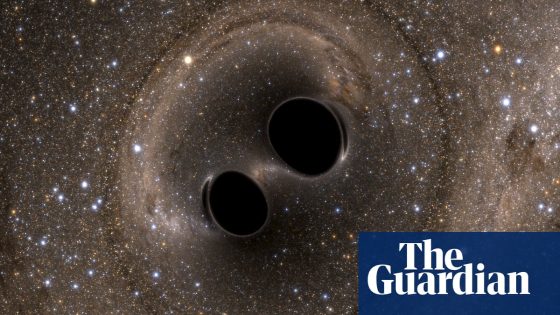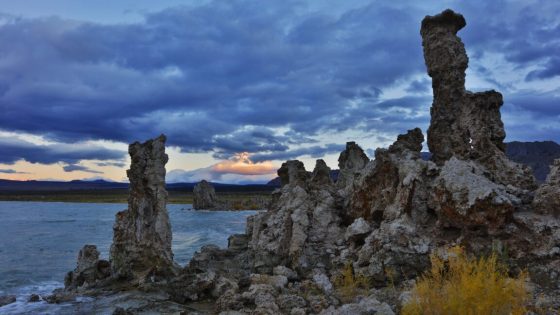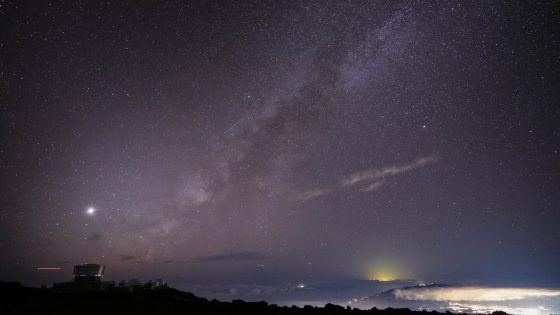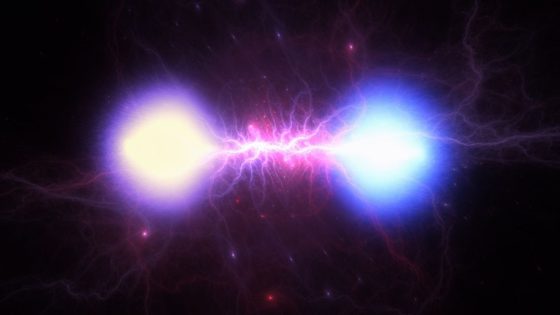This week, sky-gazers can delight in the spectacle of meteor showers, specifically the Alpha Capricornids and Southern Delta Aquariids. These celestial events promise to light up the night sky with fireballs, making it an exciting time for astronomy enthusiasts.
- Meteor showers peak this week: Capricornids and Aquariids.
- Alpha Capricornids visible at 1 a.m. ET.
- Southern Delta Aquariids peak at 3 a.m. ET.
- Best viewing from Southern Hemisphere locations.
- Meteor activity persists beyond peak dates.
- Upcoming lunar and solar eclipses in September.
On July 29, 2025, the Alpha Capricornids will peak around 1 a.m. ET, producing bright meteors that can be seen worldwide, particularly in the Southern Hemisphere. Following closely, the Southern Delta Aquariids will reach their peak at 3 a.m. ET, offering even more meteors for those willing to stay up late.
Why do meteor showers occur simultaneously? This fascinating phenomenon highlights Earth’s path through debris fields from comets. Observers can expect:
- Alpha Capricornids: 3-5 meteors per hour
- Southern Delta Aquariids: 10-25 meteors per hour
- Visibility best in Southern Hemisphere
- Potential for additional meteors not linked to these showers
As we look forward to these celestial displays, consider taking part in meteor counting. Your observations can contribute valuable data to scientists studying these cosmic events.



